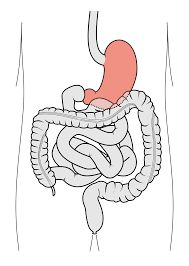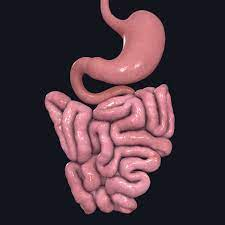A Medical Overview
- Srishti Ganguli

- Feb 11, 2022
- 3 min read
In a world where technology is growing, viruses and diseases have come to evolve alongside them as well. We all have received them at one time or the other in our lifetime. So, 24 hours after the baby is born, 3 vaccines are given: BCG, polio, and hepatitis B. There are 4 methods of giving vaccines – intradermally, subcutaneously, intramuscularly, and orally. The BCG vaccine is given intradermally, near the shoulder in the upper arm, at an angle of about 10 to 15 from the skin (and this is done only once); some swelling is seen; and, if any drug or vaccine is given intradermally, a more vigorous immune response is elicited.
The Polio vaccine is given orally (each time, 2 drops are given), and this is given to the new-born baby about 4 to 5 times. The Hepatitis B vaccine is given intramuscularly, in the thigh, at an angle of 90 from the skin; no swelling is seen
And, drugs are given intravenously, at an angle of 25 from the skin. Any fluid administered intravenously into the body in large quantities can endanger a person's life.
What I will now state is a piece of very basic information about a doctor, and this applies to those who are looking to pursue medicine in the future; a daily routine of a doctor involves visiting ICU, going for rounds to wards, OPDs, and finishing paperwork (and by this I mean a ton of paperwork). The paperwork involves registrations of admitted patients into their systems (hospitals' systems), summaries of the patients (involves details about their medical history and illnesses), and also registrations of patients that are going to be discharged.
Different kinds of screening tests are done for rare disorders and illnesses like thalassemia, hypothyroidism, and sickle cell anemia (a genetic disorder) – which can be due to metabolism issues, protein digestion issues, or genetic disorders. Sickle cell anemia is an inherited disease caused by a defect in a gene. A person will be born with sickle cell disease only if two genes are inherited—one from the mother and one from the father. A person who inherits just one gene is healthy and said to be a "carrier" of the disease. It is an autosomal recessive disease caused by a point mutation in the hemoglobin beta gene (HBB) found on chromosome 11p15.
Phototherapy is a process that involves blue light (at a certain wavelength), and as soon as it is shown to the baby, it causes different photochemical processes to occur which causes insoluble bilirubin to become soluble. A labor room comprises different devices and machines. The NST machine is one where the heart rate of the baby and contraction are monitored. It has 2 probes (the upper probe is for TOCO and the other 1 checks the heartbeat of the baby). It works on the basis of ultrasonic waves. There is also an infusing set, which controls the rate at which fluid is getting administered into the body. A syringe pump - controls the rate at which fluid is getting administered into the body; pushes a fixed volume of fluid needed for the mother. A suction pump/ vacuum is used for extreme secretion cases. An oxygen valve where the volume of oxygen is measured in liter/ hour (up to 12 liters). It has pediatrics and obstetrics sections, and the pediatric section consists of an intubation tube, weighing machine, cardiac monitor, etc.




Comments